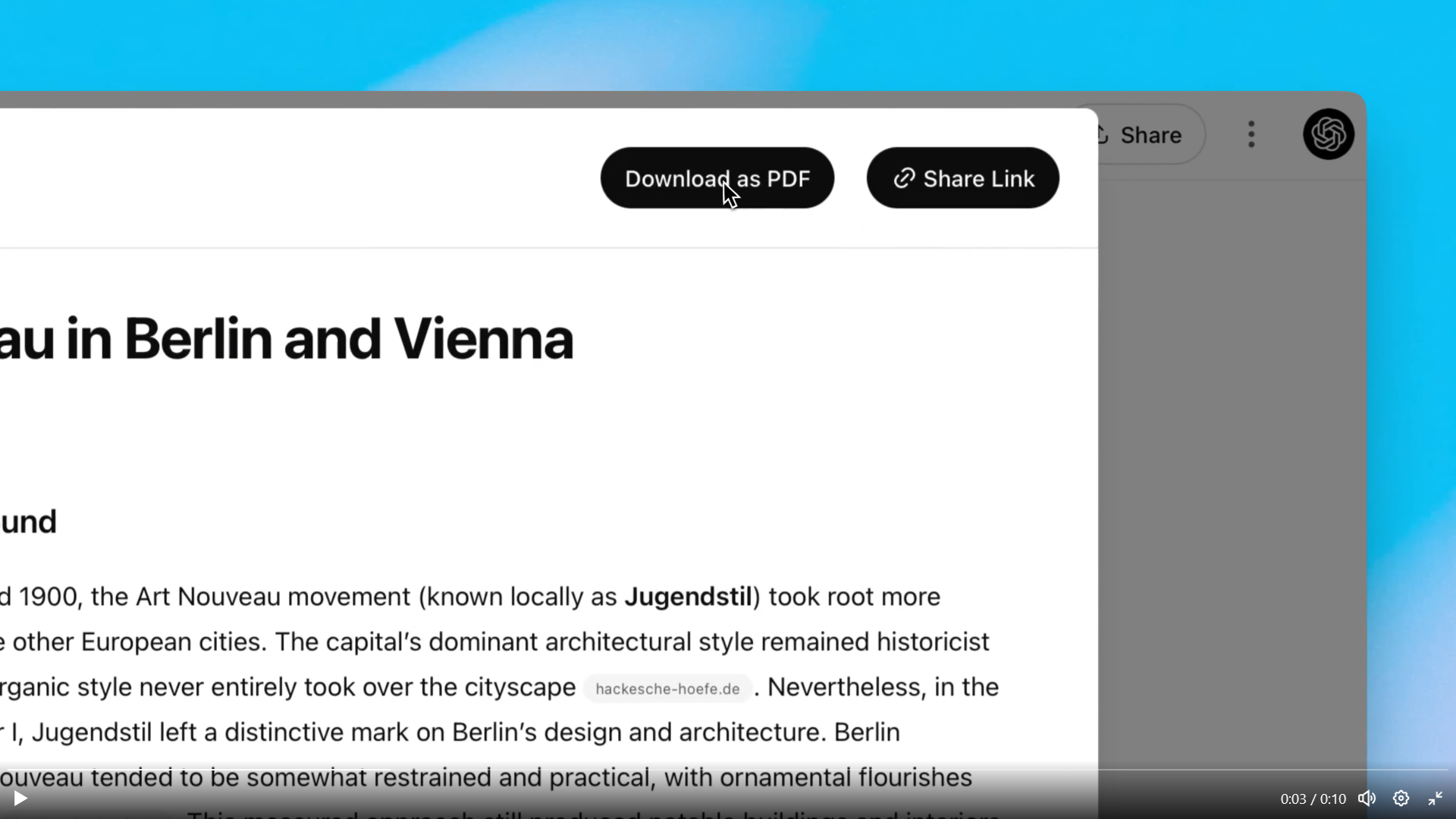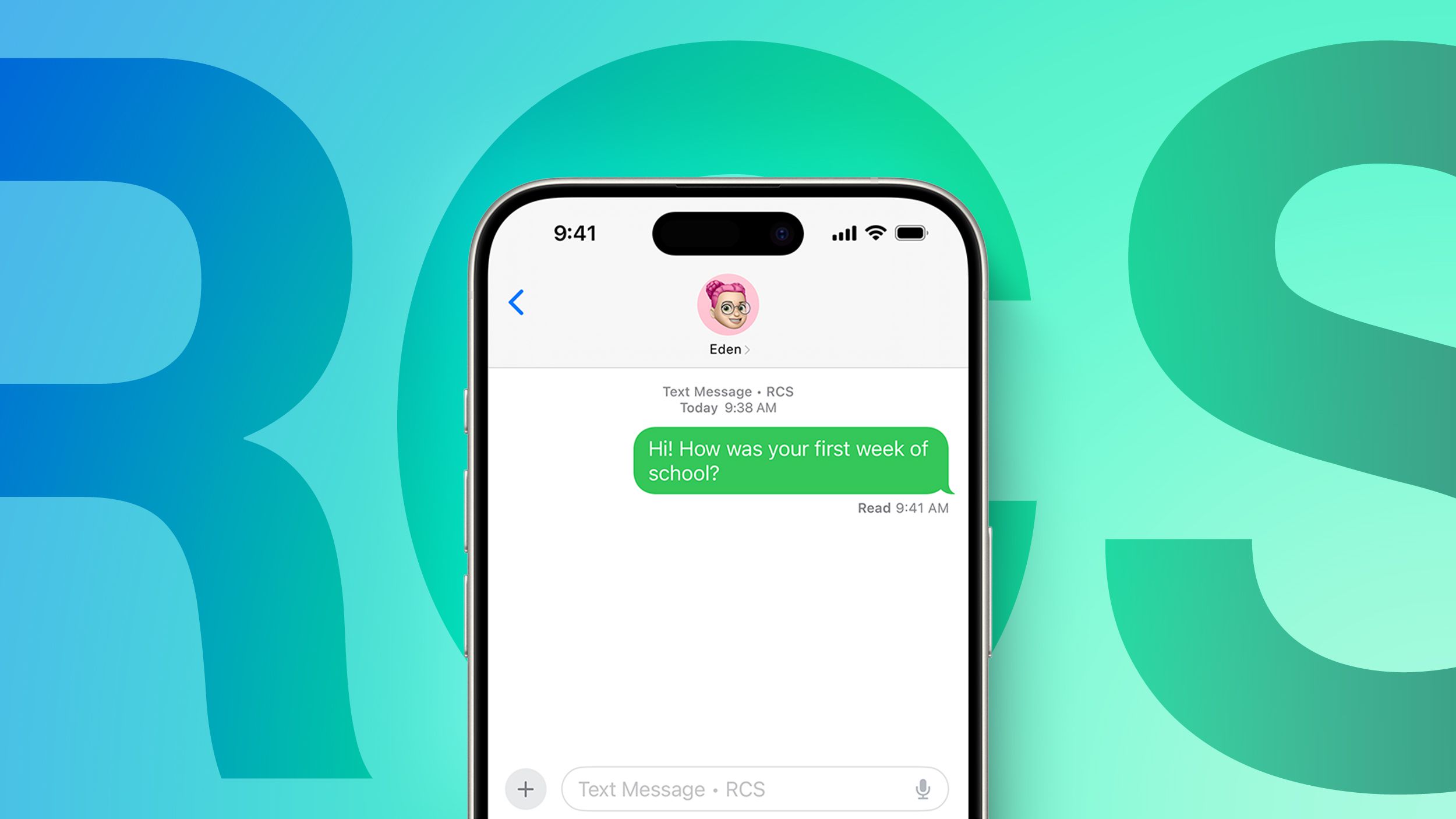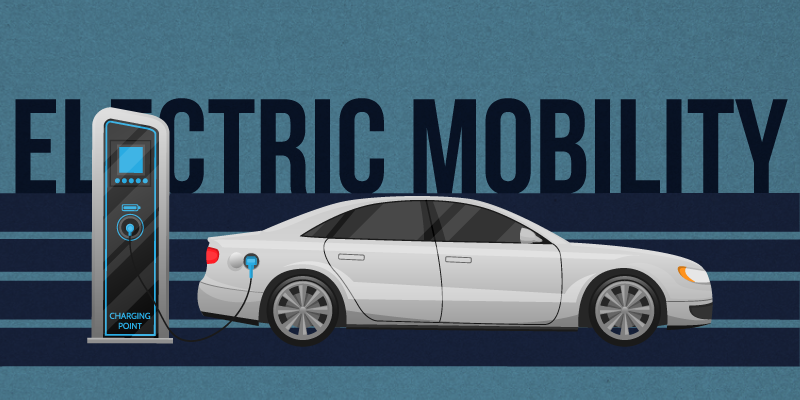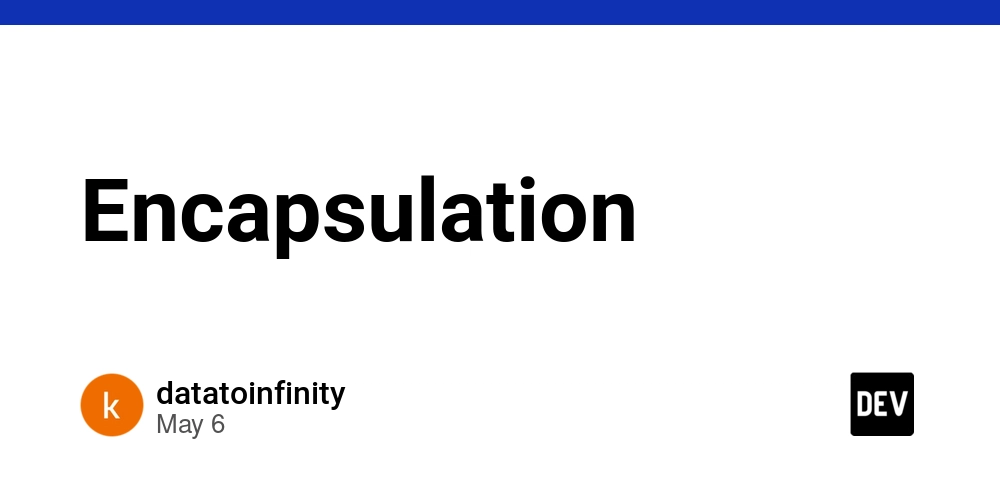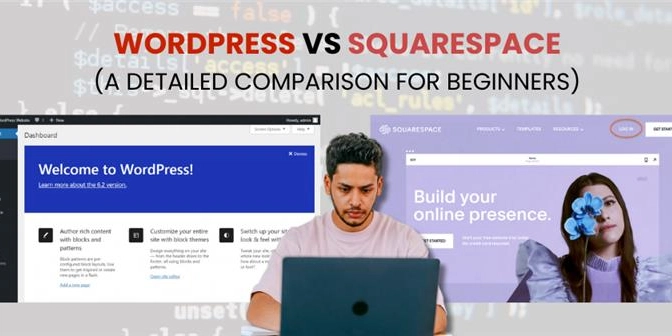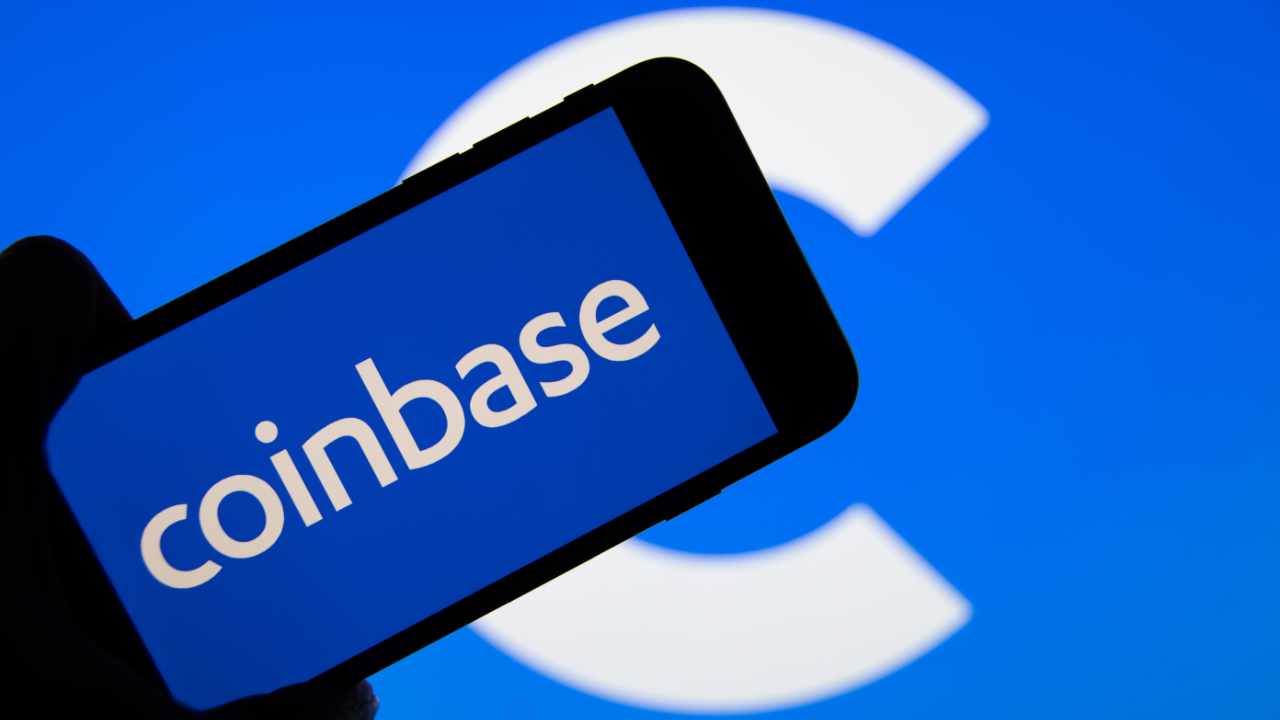Web Codecs API for Advanced Media Decoding
Web Codecs API for Advanced Media Decoding: A Definitive Guide Table of Contents Introduction Historical and Technical Context Understanding the Web Codecs API 3.1 The Role of Web Codecs 3.2 Key Components of the API Detailed Code Examples 4.1 Basic Decoding Scenario 4.2 Advanced Decoding with Configuration Options 4.3 Real-Time Decoding in a Media Pipeline Edge Cases and Advanced Implementation Techniques Comparative Analysis 6.1 Web Codecs API vs Media Source Extensions (MSE) 6.2 Web Codecs API vs WebAssembly and Native Decoders Real-World Use Cases Performance Considerations and Optimization Strategies 8.1 Memory Management 8.2 CPU and GPU Optimization Potential Pitfalls and Debugging Techniques Conclusion References and Additional Resources 1. Introduction The Web Codecs API is a cornerstone technology poised to transform how modern web applications handle media rendering through streamlined codecs. This API allows for efficient decoding, encoding, and manipulation of audio and video data directly in the browser, enabling web developers to implement intricate media processing features with reduced latency and resource consumption. 2. Historical and Technical Context Historically, web media handling relied heavily on the Media Source Extensions (MSE) API, which, while powerful, introduced additional complexities when developers wished to decode audio and video data on-the-fly for performant applications. With the increasing demand for real-time media applications—such as video conferencing, gaming, and virtual reality—there arose a need for a more efficient and straightforward approach to codec management. The Web Codecs API was officially speculated upon in 2019 and began garnering attention because it provided low-level access to encoding and decoding operations, circumventing the overhead of MSE while affording developers more granular control over media elements in their applications. 3. Understanding the Web Codecs API 3.1 The Role of Web Codecs The Web Codecs API facilitates direct encoding and decoding of media streams, allowing developers to harness performance improvements by using efficient codecs directly in the browser environment. As such, it provides capabilities that previously were limited to native applications or browsers using implementations that abstracted away underlying codec operations. 3.2 Key Components of the API The Web Codecs API encompasses several key components, including: VideoDecoder: Responsible for decoding compressed video. AudioDecoder: Manages audio decoding operations. VideoEncoder and AudioEncoder: Engage for encoding audio and video streams. EncodedVideoChunk and EncodedAudioChunk: Represent the compressed data chunks fed into codecs. These components interact seamlessly to enable nuanced media handling in web applications. 4. Detailed Code Examples 4.1 Basic Decoding Scenario The following example demonstrates the utilization of the VideoDecoder to decode video frames from a binary input stream: const videoDecoder = new VideoDecoder({ output: handleDecodedFrame, error: handleDecodeError }); // Configure the decoder for the VP8 codec videoDecoder.configure({ codec: 'vp8', hardwareAcceleration: 'prefer-hardware' }); // Function to handle decoded video frames function handleDecodedFrame(frame) { // Render the frame (typically to a or element) const canvas = document.getElementById('canvas'); const ctx = canvas.getContext('2d'); ctx.drawImage(frame, 0, 0); // Close the frame when done frame.close(); } // Function to handle errors during decoding function handleDecodeError(error) { console.error('Decode error:', error); } 4.2 Advanced Decoding with Configuration Options This example reflects a more sophisticated use case where various options can be set to enhance performance and compatibility: const videoDecoder = new VideoDecoder({ output: frame => { // Custom logic here frame.close(); }, error: err => console.error(err) }); // Use a codec capable of hardware acceleration and enable features videoDecoder.configure({ codec: 'avc1.42001E', // H.264 hardwareAcceleration: 'prefer-hardware', colorSpace: 'bt709', }); 4.3 Real-Time Decoding in a Media Pipeline async function decodeStream(stream) { const decoder = new VideoDecoder({ output: (frame) => { // Process frames as they are decoded }, error: (err) => console.error('Decoding error:', err) }); decoder.configure({ codec: 'vp9' }); const reader = stream.getReader(); while (true) { const { done, value } = await reader.read(); if (done) break; decoder.decode(value); } reader.releaseLock(); } 5. Edge Cases and Advanced Implementation Techniques When
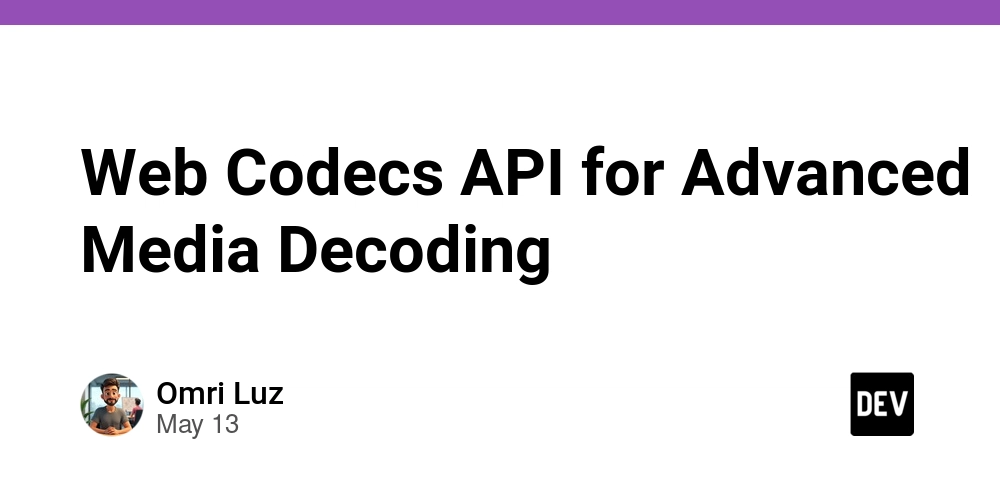
Web Codecs API for Advanced Media Decoding: A Definitive Guide
Table of Contents
- Introduction
- Historical and Technical Context
-
Understanding the Web Codecs API
- 3.1 The Role of Web Codecs
- 3.2 Key Components of the API
-
Detailed Code Examples
- 4.1 Basic Decoding Scenario
- 4.2 Advanced Decoding with Configuration Options
- 4.3 Real-Time Decoding in a Media Pipeline
- Edge Cases and Advanced Implementation Techniques
-
Comparative Analysis
- 6.1 Web Codecs API vs Media Source Extensions (MSE)
- 6.2 Web Codecs API vs WebAssembly and Native Decoders
- Real-World Use Cases
-
Performance Considerations and Optimization Strategies
- 8.1 Memory Management
- 8.2 CPU and GPU Optimization
- Potential Pitfalls and Debugging Techniques
- Conclusion
- References and Additional Resources
1. Introduction
The Web Codecs API is a cornerstone technology poised to transform how modern web applications handle media rendering through streamlined codecs. This API allows for efficient decoding, encoding, and manipulation of audio and video data directly in the browser, enabling web developers to implement intricate media processing features with reduced latency and resource consumption.
2. Historical and Technical Context
Historically, web media handling relied heavily on the Media Source Extensions (MSE) API, which, while powerful, introduced additional complexities when developers wished to decode audio and video data on-the-fly for performant applications. With the increasing demand for real-time media applications—such as video conferencing, gaming, and virtual reality—there arose a need for a more efficient and straightforward approach to codec management.
The Web Codecs API was officially speculated upon in 2019 and began garnering attention because it provided low-level access to encoding and decoding operations, circumventing the overhead of MSE while affording developers more granular control over media elements in their applications.
3. Understanding the Web Codecs API
3.1 The Role of Web Codecs
The Web Codecs API facilitates direct encoding and decoding of media streams, allowing developers to harness performance improvements by using efficient codecs directly in the browser environment. As such, it provides capabilities that previously were limited to native applications or browsers using implementations that abstracted away underlying codec operations.
3.2 Key Components of the API
The Web Codecs API encompasses several key components, including:
- VideoDecoder: Responsible for decoding compressed video.
- AudioDecoder: Manages audio decoding operations.
- VideoEncoder and AudioEncoder: Engage for encoding audio and video streams.
- EncodedVideoChunk and EncodedAudioChunk: Represent the compressed data chunks fed into codecs.
These components interact seamlessly to enable nuanced media handling in web applications.
4. Detailed Code Examples
4.1 Basic Decoding Scenario
The following example demonstrates the utilization of the VideoDecoder to decode video frames from a binary input stream:
const videoDecoder = new VideoDecoder({
output: handleDecodedFrame,
error: handleDecodeError
});
// Configure the decoder for the VP8 codec
videoDecoder.configure({
codec: 'vp8',
hardwareAcceleration: 'prefer-hardware'
});
// Function to handle decoded video frames
function handleDecodedFrame(frame) {
// Render the frame (typically to a
const canvas = document.getElementById('canvas');
const ctx = canvas.getContext('2d');
ctx.drawImage(frame, 0, 0);
// Close the frame when done
frame.close();
}
// Function to handle errors during decoding
function handleDecodeError(error) {
console.error('Decode error:', error);
}
4.2 Advanced Decoding with Configuration Options
This example reflects a more sophisticated use case where various options can be set to enhance performance and compatibility:
const videoDecoder = new VideoDecoder({
output: frame => {
// Custom logic here
frame.close();
},
error: err => console.error(err)
});
// Use a codec capable of hardware acceleration and enable features
videoDecoder.configure({
codec: 'avc1.42001E', // H.264
hardwareAcceleration: 'prefer-hardware',
colorSpace: 'bt709',
});
4.3 Real-Time Decoding in a Media Pipeline
async function decodeStream(stream) {
const decoder = new VideoDecoder({
output: (frame) => {
// Process frames as they are decoded
},
error: (err) => console.error('Decoding error:', err)
});
decoder.configure({ codec: 'vp9' });
const reader = stream.getReader();
while (true) {
const { done, value } = await reader.read();
if (done) break;
decoder.decode(value);
}
reader.releaseLock();
}
5. Edge Cases and Advanced Implementation Techniques
When implementing the Web Codecs API, consider the following:
- Handling Backpressure: Implement logic to manage frame processing when your application's output is slower than input decoding.
-
Multiple Decoders: Running multiple
VideoDecoderinstances for different streams can improve performance but will add complexity in managing resources and streams.
6. Comparative Analysis
6.1 Web Codecs API vs Media Source Extensions (MSE)
MSE allows stream manipulation, enabling buffering strategies that are useful for progressive streaming. However, it lacks the low-level, real-time access provided by the Web Codecs API which directly interfaces with codec operations.
6.2 Web Codecs API vs WebAssembly and Native Decoders
WebAssembly offers a means of running high-performance native-like code within the browser. While powerful for certain tasks, it can be more cumbersome to implement. In contrast, the Web Codecs API simplifies direct media handling without the overhead of compiling and integrating additional libraries.
7. Real-World Use Cases
- WebRTC Applications: Apps reliant on real-time communication can utilize Web Codecs for low-latency media encoding/decoding.
- Media Players: Platforms like YouTube or Twitch could deploy Web Codecs to enhance playback performance.
- Game Streaming: Game applications can leverage this API to enhance video streaming experiences with lower latency.
8. Performance Considerations and Optimization Strategies
8.1 Memory Management
Always close frames after processing to release resources. Explore using OffscreenCanvas for rendering to optimize off-main thread manipulations.
8.2 CPU and GPU Optimization
Encourage the use of hardware-accelerated decoders by specifying hardwareAcceleration: 'prefer-hardware'. Profile performance through browser dev tools to identify bottlenecks.
9. Potential Pitfalls and Debugging Techniques
- Decoding Errors: Stay vigilant to check if your media streams are compatible with the specified codec.
- Threading Issues: When dealing with concurrency, make sure to analyze race conditions and deadlocks carefully.
10. Conclusion
The Web Codecs API presents advanced capabilities to developers seeking to employ sophisticated media processing techniques in their web applications. Its design prioritizes performance and control, reflecting a significant leap forward in web media technologies.
11. References and Additional Resources
- Web Codecs API Specification
- MDN Web Docs: Web Codecs API
- Google Developers: Introduction to Web Codecs API
This comprehensive exploration of the Web Codecs API provides seasoned developers with essential insights, practical examples, and advanced considerations for effective development using these cutting-edge technologies.



































































































































































![[The AI Show Episode 147]: OpenAI Abandons For-Profit Plan, AI College Cheating Epidemic, Apple Says AI Will Replace Search Engines & HubSpot’s AI-First Scorecard](https://www.marketingaiinstitute.com/hubfs/ep%20147%20cover.png)




















































































































































































.jpeg?width=1920&height=1920&fit=bounds&quality=70&format=jpg&auto=webp#)



























































































































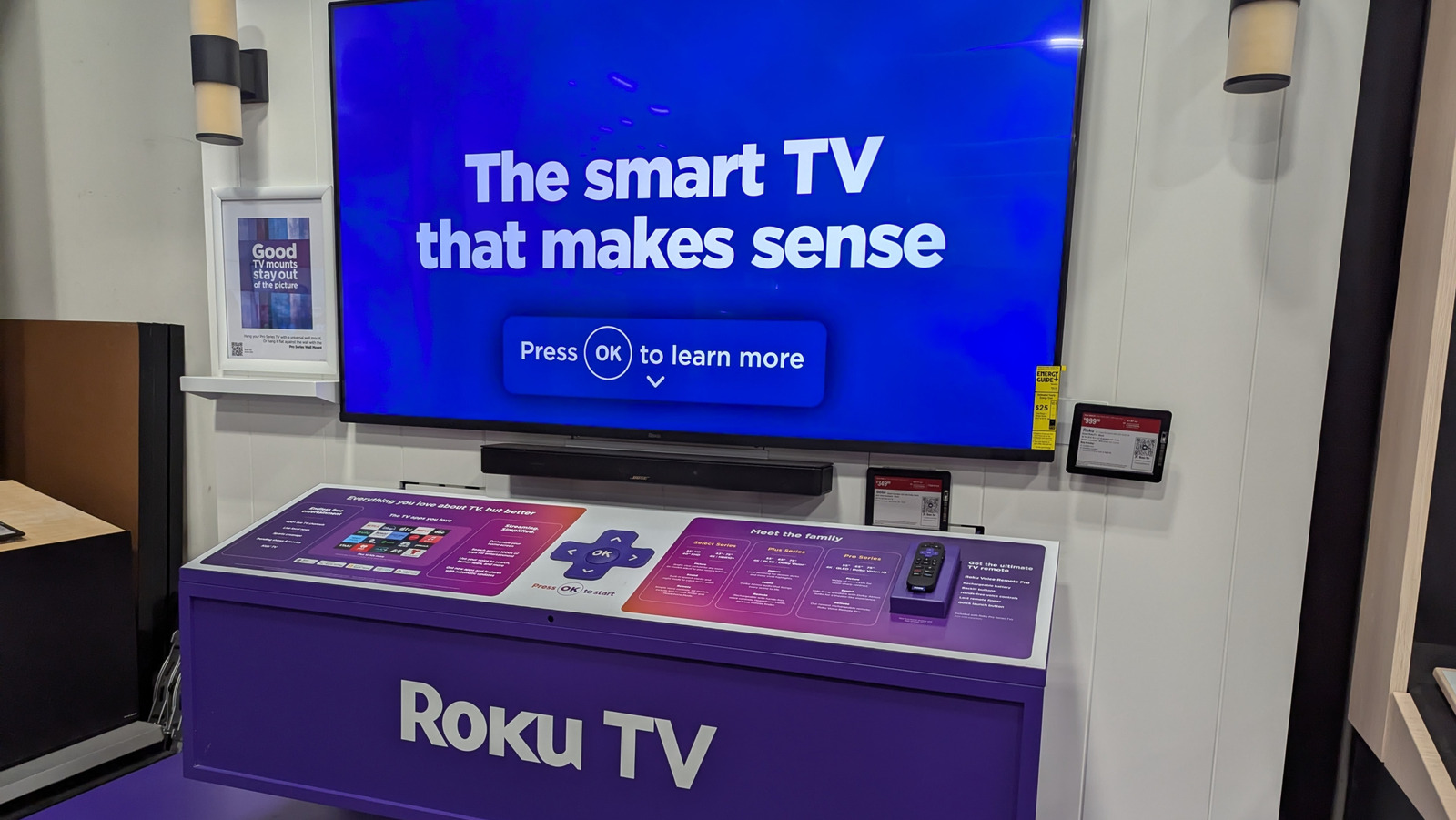
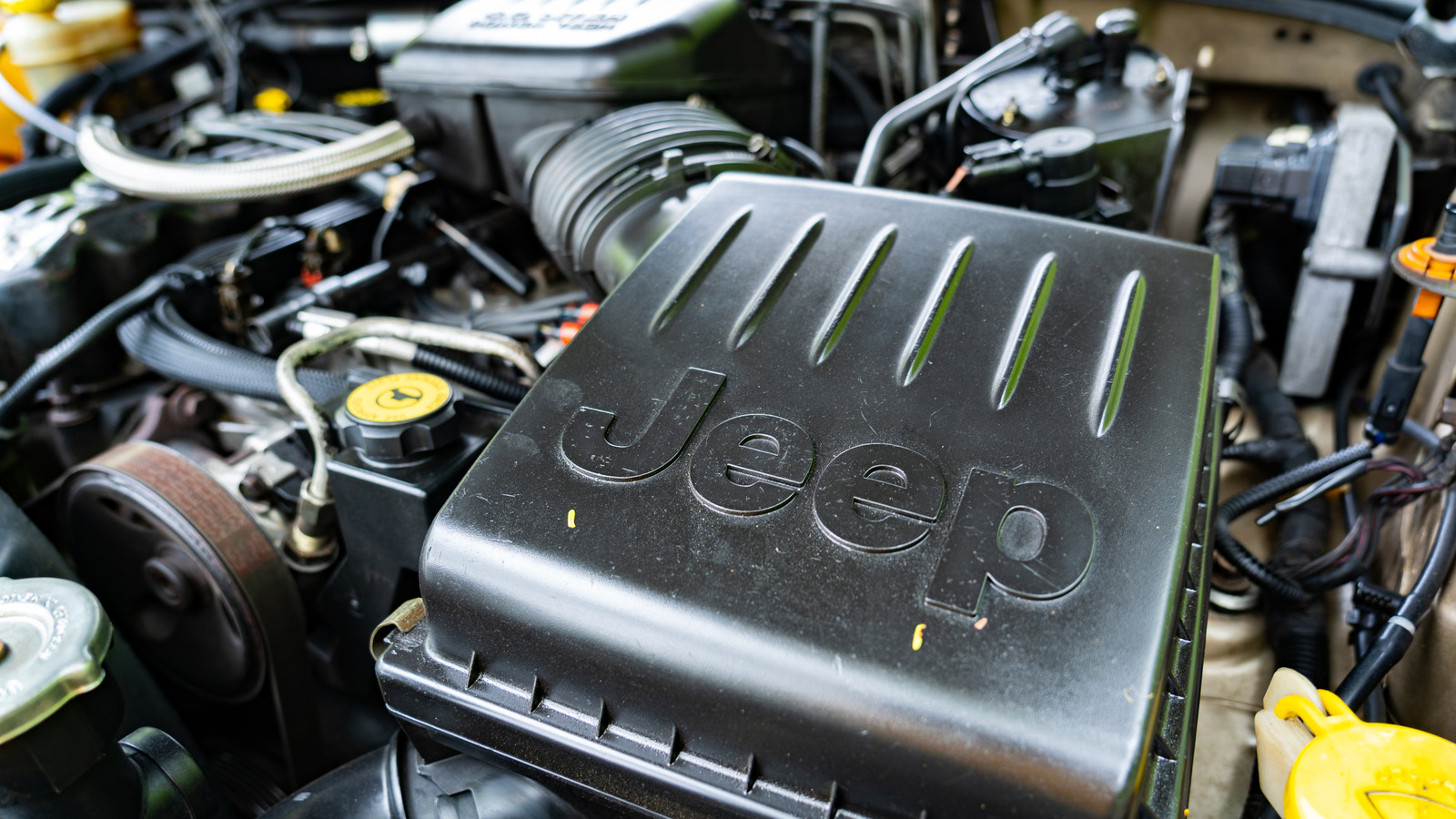











































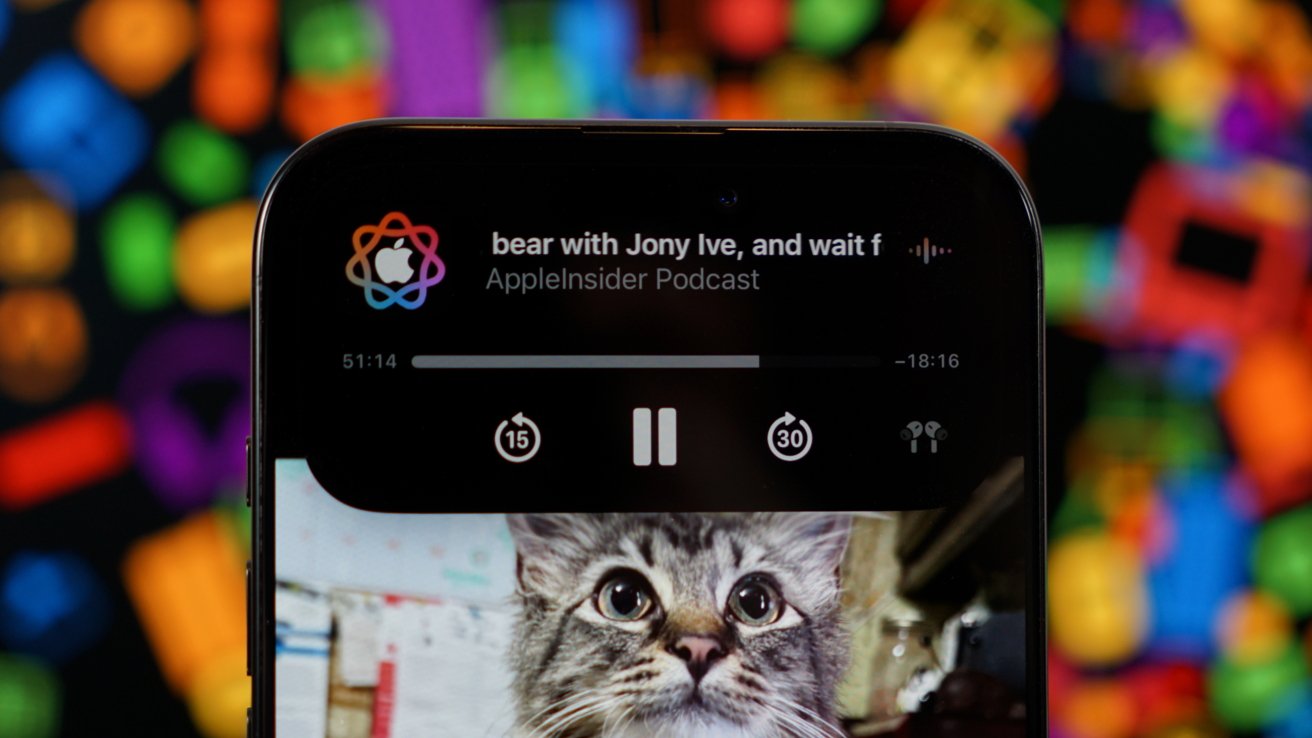









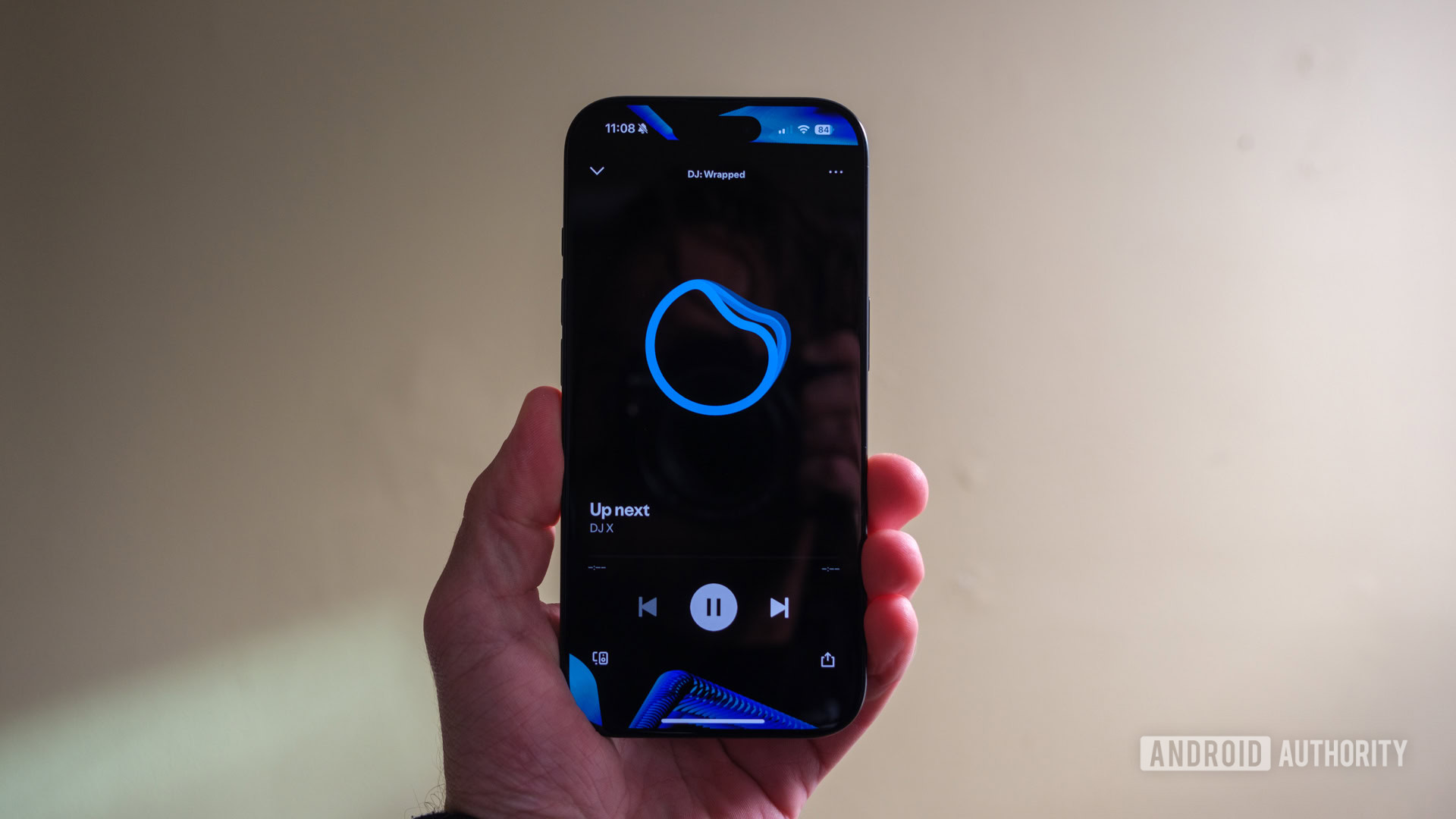




















![Apple Working on Brain-Controlled iPhone With Synchron [Report]](https://www.iclarified.com/images/news/97312/97312/97312-640.jpg)
















